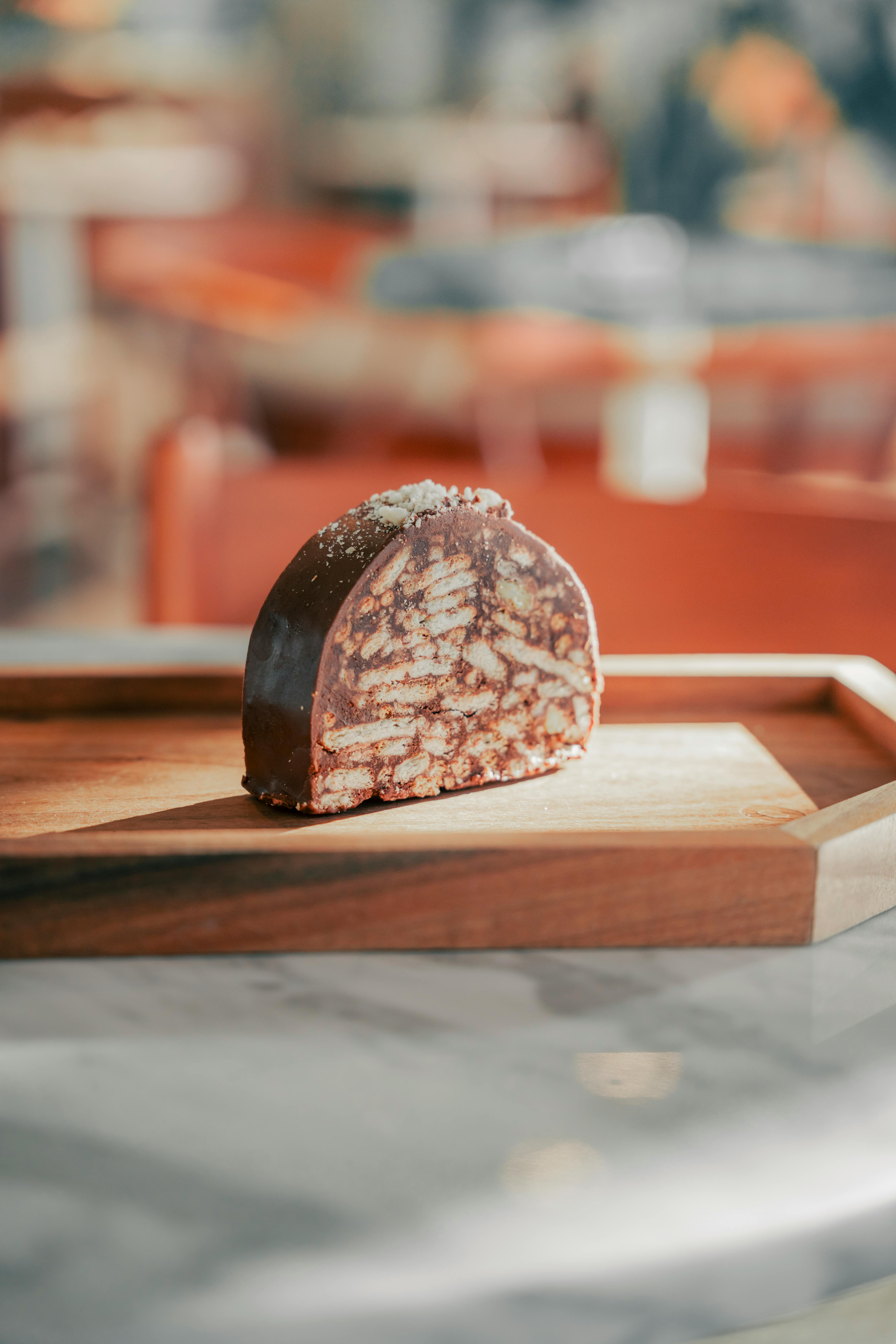 ‘Variorum Shakespeare’ of 1821, and in Wivell’s ‘Inquiry,’ 1827. Another miniature (known as the ‘Auriol’ portrait), of uncertain authenticity, previously belonged to Mr. Lumsden Propert, and a third is at Warwick Castle. One is within the Art Museum, Boston, U.S.A.; another, previously the property of Richard Cosway, R.A., and afterwards of Mr. J. A. Langford of Birmingham, was engraved in mezzotint by H. Green; a third, bought in 1862, belonged to the Baroness Burdett-Coutts. The mask is now the property of Dr. Ernest Becker (the discoverer’s brother), and is on the ducal palace, Darmstadt. Soest portrait, is the property of Sir Arthur Hodgson of Clopton House, and is on mortgage at the Memorial Gallery, Stratford. Soest was born twenty-one years after Shakespeare’s dying, and the portrait is only on fanciful grounds identified with the poet. The Kesselstadt death-mask was discovered by Dr. Ludwig Becker in a rag-store at Mayence in 1849. The features resemble these of an Alleged dying-mask.alleged portrait of Shakespeare (dated 1637) which Dr. Becker bought in 1847. This picture had lengthy been within the possession of the family of Count Francis von Kesselstadt of Mayence, who died in 1843. Dr. Becker brought the mask and the picture to England in 1849, and Richard Owen supported the speculation that the mask was taken from Shakespeare’s face after demise, and was the inspiration of the bust in Stratford church.
‘Variorum Shakespeare’ of 1821, and in Wivell’s ‘Inquiry,’ 1827. Another miniature (known as the ‘Auriol’ portrait), of uncertain authenticity, previously belonged to Mr. Lumsden Propert, and a third is at Warwick Castle. One is within the Art Museum, Boston, U.S.A.; another, previously the property of Richard Cosway, R.A., and afterwards of Mr. J. A. Langford of Birmingham, was engraved in mezzotint by H. Green; a third, bought in 1862, belonged to the Baroness Burdett-Coutts. The mask is now the property of Dr. Ernest Becker (the discoverer’s brother), and is on the ducal palace, Darmstadt. Soest portrait, is the property of Sir Arthur Hodgson of Clopton House, and is on mortgage at the Memorial Gallery, Stratford. Soest was born twenty-one years after Shakespeare’s dying, and the portrait is only on fanciful grounds identified with the poet. The Kesselstadt death-mask was discovered by Dr. Ludwig Becker in a rag-store at Mayence in 1849. The features resemble these of an Alleged dying-mask.alleged portrait of Shakespeare (dated 1637) which Dr. Becker bought in 1847. This picture had lengthy been within the possession of the family of Count Francis von Kesselstadt of Mayence, who died in 1843. Dr. Becker brought the mask and the picture to England in 1849, and Richard Owen supported the speculation that the mask was taken from Shakespeare’s face after demise, and was the inspiration of the bust in Stratford church.
 Vincent Brooks. At Hampton Court is a wholly unauthentic portrait of the same kind, which was at one time at Penshurst; it bears the legend ‘Ætatis suæ 34’ (Law, Cat. Eighty four seq.; J. Parker Norris, Portraits of Shakespeare, Philadelphia, 1885, with quite a few plates; Illustrated Cat. In 1885 Mr. Walter Rogers Furness issued, at Philadelphia, a quantity of composite portraits, combining the Droeshout engraving and the Stratford bust with the Chandos, Jansen, Felton, and Stratford portraits (James Boaden, Inquiry into numerous Pictures and Prints of Shakespeare, 1824; Abraham Wivell, Inquiry into Shakespeare’s Portraits, 1827, with engravings by B. and W. Holl; George Scharf, Principal Portraits of Shakespeare, 1864; J. Hain Friswell, Life-portraits of Shakespeare, 1864; William Page, Study of Shakespeare’s Portraits, 1876; Ingleby, Man and Book, 1877, pp. On 8 Nov. 1623 Edward Blount and Isaac (son of William) Jaggard obtained license to publish sixteen hitherto unprinted plays, The first Folio.viz. The dedication to the brothers William Herbert, earl of Pembroke, and Philip Herbert, earl of Montgomery, in addition to an tackle ‘to the good number of readers,’ is signed by Shakespeare’s mates and fellow-actors, Heming and Condell, who settle for a large responsibility for the enterprise.
Vincent Brooks. At Hampton Court is a wholly unauthentic portrait of the same kind, which was at one time at Penshurst; it bears the legend ‘Ætatis suæ 34’ (Law, Cat. Eighty four seq.; J. Parker Norris, Portraits of Shakespeare, Philadelphia, 1885, with quite a few plates; Illustrated Cat. In 1885 Mr. Walter Rogers Furness issued, at Philadelphia, a quantity of composite portraits, combining the Droeshout engraving and the Stratford bust with the Chandos, Jansen, Felton, and Stratford portraits (James Boaden, Inquiry into numerous Pictures and Prints of Shakespeare, 1824; Abraham Wivell, Inquiry into Shakespeare’s Portraits, 1827, with engravings by B. and W. Holl; George Scharf, Principal Portraits of Shakespeare, 1864; J. Hain Friswell, Life-portraits of Shakespeare, 1864; William Page, Study of Shakespeare’s Portraits, 1876; Ingleby, Man and Book, 1877, pp. On 8 Nov. 1623 Edward Blount and Isaac (son of William) Jaggard obtained license to publish sixteen hitherto unprinted plays, The first Folio.viz. The dedication to the brothers William Herbert, earl of Pembroke, and Philip Herbert, earl of Montgomery, in addition to an tackle ‘to the good number of readers,’ is signed by Shakespeare’s mates and fellow-actors, Heming and Condell, who settle for a large responsibility for the enterprise.
“Flame Spa belongs to Nitha’s husband, Ricky Norman Olarenshaw, along with his three pals … Three portraits are assigned to Zucchero, who left England in 1580, and cannot have had any relations with Shakespeare. The features are singularly attractive; but the chain of evidence which would identify them with Shakespeare is incomplete. The ‘Felton’ portrait, a small head on a panel (now belonging to the Baroness Burdett-Coutts) was bought by S. Felton of Drayton, Shropshire, in 1794 of J. Wilson, the proprietor of the Shakespeare Museum in Pall Mall; it bears a late inscription, ‘Gul. Charles I’s copy is at Windsor, and Charles II’s at the British Museum. Perfect copies vary in worth, in line with their rarity, from 200l. to 2,000l. In 1864, at the sale of George Daniel’s library, quarto copies of ‘Love’s Labour’s Lost’ and of ‘Merry Wives’ (first edition) every fetched 346l. 10s. On 23 April 1904 a copy of the quarto of ‘The Second Part of Henry IV’ (printed in 1600) was sold at Sotheby’s for 1,035l. All of the quartos had been issued in Shakespeare’s day at sixpence each. ‘Love’s Labour’s Lost’ (1598), ‘2 Henry IV’ (1600), ‘Much Ado’ (1600), ‘Merry Wives’ (1602 imperfect).
Of Shakespeare’s performs there were in print in 1616 solely sixteen (all in quarto), or eighteen if we embody the ‘Contention,’ the primary draft of ‘2 Henry VI’ (1594 and 1600), and ‘The True Tragedy,’ the Quartos of plays.first draft of ‘3 Henry VI’ (1595 and 1600). Of the sixteen totally authenticated quartos, two plays reached 5 editions before 1616, viz. At the time of Shakespeare’s death in 1616 there had been printed seven editions of his ‘Venus and Adonis’ Quartos of the poems.(1593, 1594 in 4to, 1596, 1599, 1600, and two in 1602 in 8vo); five editions of his ‘Lucrece’ (1594 in 4to, 1598, 1600, 1607, 1616 in 8vo); one version of the ‘Sonnets’ (1609, facsimiled in 1862), and three editions of the piratical ‘Passionate Pilgrim,’ containing a couple of poems by him (1599, 1600 unknown, 1612). (The first editions of these four volumes had been reproduced in facsimile at Oxford in 1905.) A sixth version of ‘Lucrece’ (1624) and six later editions of ‘Venus’ (1617, 1620, 1627, two in 1630, and 1636) preceded the problem of the first collected version of the ‘Poems’ in 1640 (London, by T. Cotes for I. Benson). ‘Unto this Impression,’ runs the title-web page of 1664, ‘is added seven Playes by no means before printed in folio, viz.: Pericles, Prince of Tyre.